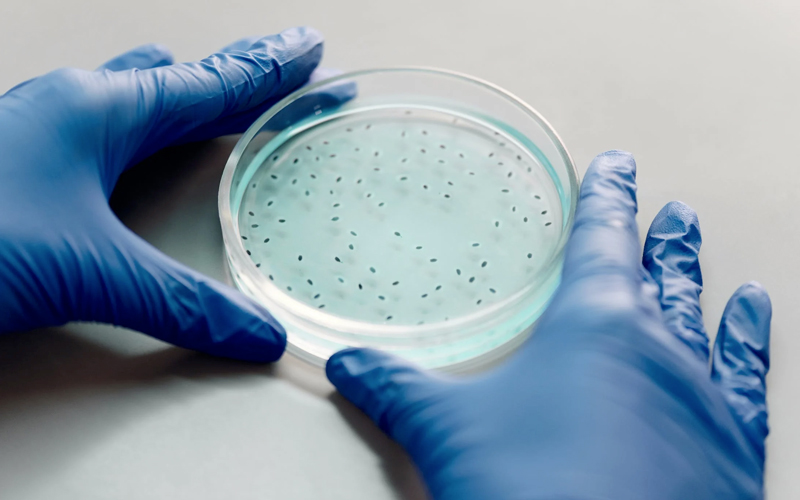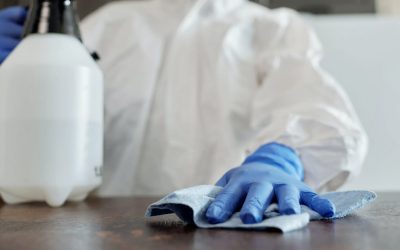Pathogens

A pathogen is a microscopic organism (microbe) that can cause disease. Microbes are living things that are so tiny they cannot be seen with the naked eye. Your body is naturally full of microbes. Microbes generally only cause a problem if your immune system is already weakened or if they manage to enter a normally sterile part of your body – like via a surgery procedure with an unsterile environment. Pathogens are different because all they need is a host to survive and thrive. You are the host! How kind of you!
Pathogens can be transmitted a few ways depending on the type. They can be spread through skin contact and bodily fluids, and they can be spread through airborne particles or by touching shared surfaces. There are different types of pathogens, today we will focus on some common ones.
Viruses – like colds and flus – invade host cells within your body, and replicate, producing more viruses. Some viruses can remain dormant for a time before multiplying again. The common cold is a viral infectious disease of the upper respiratory tract that typically affects the nose, throat, sinuses, and larynx. It’s important to note that antibiotics do not kill viruses and should not be used for treating colds and flu.
One common misconception around pathogens in the ‘stomach flu’. The true flu virus is a severe upper respiratory infection caused by an influenza virus. Flu symptoms typically include some combination of fever/chills, cough, sore throat, body aches, headache, and fatigue.
The ‘stomach flu’ is often a saying you hear to describe what is called viral gastroenteritis and is typically caused by a viral infection. Norovirus or rotavirus is the usual suspect, causing symptoms that include nausea, vomiting, and diarrhea. There’s actually no such thing as the ‘stomach flu’. Norovirus outbreaks can happen throughout the year, but more than 80% of cases occur from November to April, coinciding with annual flu seasons, which is why people tend to confuse the two terms. The reason is that influenza and norovirus are both spread in close contact, and by using shared items. In the winter months we tend to be indoors more, and more likely to be in closer contact with each other over longer durations. It’s very common for viral spread to be practically non-existent in summer months when we tend to be outdoors more.
Bacteria – strep throat, food poisoning, pneumonia – are microorganisms that are very diverse and can live in just about any environment, including in and on your body. Not all bacteria cause infections but those that can are called pathogenic bacteria.
Antibiotics are used to treat bacterial infections. Some strains of bacteria have become resistant to antibiotics, making them difficult to treat. This can happen naturally, but also happens because of the overuse of antibiotics¹. Your body can be more prone to bacterial infections when your immune system was recently compromised by a virus so it’s important to mention to your care provider if you believe you may have a virus instead of a bacterial infection to ensure you are not treating a virus with antibiotics.
Fungi can be found just about everywhere in the environment, including indoors, outdoors, and on human skin. While there are millions of different fungal species, there are only about 300 or so that are known to cause sickness. They can cause infection when they overgrow. Fungus can be difficult to kill because of their thick cell wall and structure. Athlete’s foot or warts are probably the most recognizable fungi and can be extremely difficult to resolve.
Parasites are organisms that behave like tiny animals, living in or on a host and feeding from or at the expense of the host. Though parasitic infections are more common in tropical and subtropical regions, they can occur anywhere.
Three main types of parasites can cause disease in humans. They all have weird names – protozoa, helminths, ectoparasites – and can spread through contaminated soil, water, food, or blood. Tapeworm, ticks, lice, and mosquitos are common parasites. Parasitic infections are more common in tropical regions, although they can occur anywhere. North American has an ever-growing population of Lyme-disease carrying ticks.
Protecting yourself and others from pathogens can be quite simple:
- Wash your hands often
- Stay home when you’re sick, especially if it’s a flu or stomach bug
- Prep, cook and store foods properly, according to food safety standards.
- Do not share personal items.
- Do not share utensils or drinks.
- If travelling, be up to date about the many health risks in the areas you will be.
- Maintain thorough levels of cleaning, sanitizing and disinfecting.
Pathogens can make us sick, but when we do our best to stay healthy, our bodies can work best against defending pathogens and the illnesses they cause. Daily exercise, a healthy diet, lots of fresh air, and improving your own quality of life can decrease your risk of severe illness brought on by pathogens. Paired with cleaning and sanitizing protocols, your home, businesses and schools can remain safe for all!
¹, according to the World Health Organization (WHO)Trusted Source.






